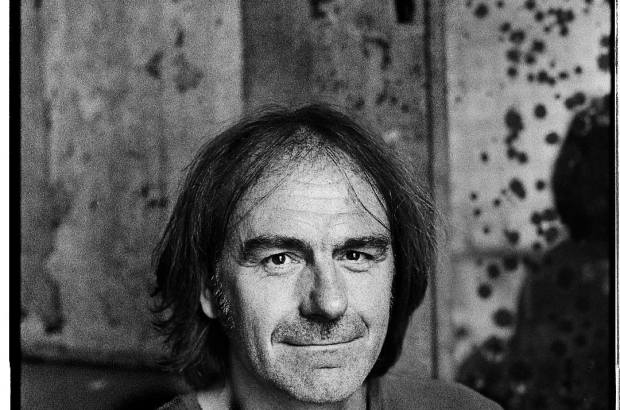- Daily & Weekly newsletters
- Buy & download The Bulletin
- Comment on our articles
Shoot to thrill: Liège cinematographer scoops MTV award for Beyoncé collaboration
The MTV music video award for Best Cinematography this year went to Liège-born cinematographer Benoît Debie, for his work on the video for Apeshit by The Carters – the duo that is Beyoncé and Jay-Z.
Debie is no stranger to the stars. He has worked on music videos for Rihanna and John Legend, and is known for his atmospheric lighting in films with challenging scenes, such as his breakthrough feature, Irreversible, starring Monica Bellucci. Despite his stellar CV, he is modest about how he got involved with the Apeshit shoot. “I think Beyoncé had seen some of my work,” he says. “And the producer knew me, so things just happened.” Shot on 35mm film inside the Louvre in Paris, Apeshit is the debut track from The Carters’ last album, Everything Is Love. It’s directed by Ricki Saiz, who also directed Beyoncé’s Yoncé music video in 2013.
The shoot took place over two consecutive weeknights in May, at break-neck speed after the museum had closed, says Debie. Full of visual metaphor and symbolism, the six-minute video reveals the famous couple and their dancers, reinterpreting and upstaging some of the Western world’s most celebrated paintings and sculptures in a series of vignettes. In one shot, Beyoncé, in Burberry leggings and bikini top, dances hand in hand with a row of dancers in front of Jacques-Louis David’s 1808 rendition of the Consecration of the Emperor Napoleon I and Coronation of the Empress Josephine, reducing the opulent scene of power and authority to wallpaper behind them.
Debie had only five days to prepare for the shoot. “It was challenging,” he says. “The museum had restrictions on the number of people we could have in the building and the type of lights we could use that were not too hot and wouldn’t damage the art. So I used LED lights and decided to shoot using a handheld camera myself. We also used a steady cam.”
In another vignette, Beyoncé and Jay-Z stand regally dressed in white in front of the white marble torso of The Winged Victory of Samothrace while bodies of every skin tone are strewn in formations along the white marble staircase leading to it. According to art historian Heidi Herrera, “it interposes 21st-century black artists into the narrative of the white-centric, male-dominated, Western art space deeply rooted in colonialism.”
The effect is stunning. “The shots with the bodies on the white marble stairs are some of my favourites,” says Debie. “I love the contrasts. I used 35mm film because it’s so good at capturing different skin tones, and works well with the tones of the art pieces themselves. It also sees into dark shadows. You can’t get that sort of depth and richness shooting digitally.” In shots where the focus is on Beyoncé and the statues seem flat and lifeless in comparison, as with her depiction of the Venus de Milo, Debie says he simply “switched off the Louvre’s lights and used only the LED lights”.
Having had to shoot guerrilla-style in the Louvre, in the middle of the night, with all these challenges, would Debie do it again? “Oh yes,” he says. “It was great, and Jay-Z and Beyoncé were great. At the time we were not really aware that we were creating a music video that would have such resonance and impact, it was all very fast and focused. I think the results are wonderful.”
This article was first published in the Wab magazine


















